Material Science and Engineering
Mechanism for sodium storage in 2D material
Tin selenide is an effective host for storing sodium ions, making it a promising material for sodium ion batteries.
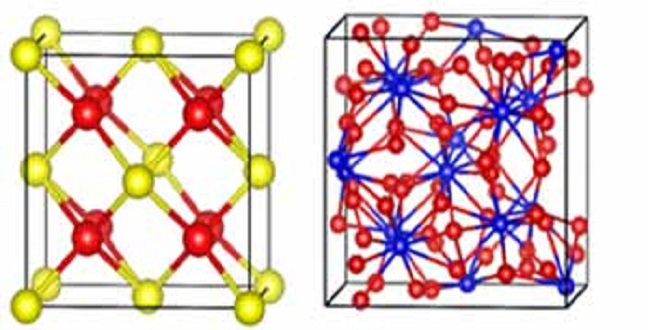

Schematic illustration of the structure at the beginning (left) and the end (right) of the evolution during the sodiation process.
Reproduced with permission from ref 1.© 2016 WILEY-VCH Verlag
The mechanism of sodium ion storage in an important two-dimensional material could be a simpler and less toxic route to cheaper batteries, a team of KAUST researchers discovered.
Lithium ion batteries are the current standard power source for most portable electronic products. When this type of battery is charging, positively-charged lithium ions move from one electrode, the cathode, through an electrolyte to another electrode, which is called the anode. The electrodes are typically porous materials into which the ions become embedded through a process known as intercalation. When the battery is connected to a device, the ions perform the same process in reverse.
However, lithium is neither cheap nor abundant, so scientists are developing sodium ion batteries as a cost-effective alternative for rechargeable sources of power.
In both cases, the choice of electrode material is crucial: it has a significant influence on a battery’s energy capacity and its overall lifetime. However, materials that are good electrodes in lithium ion batteries may not be optimal for sodium ion batteries, so there is a need to identify and optimize new materials.
“Two-dimensional materials are potentially attractive anodes for sodium ion batteries due to their large surface area and ability to minimize volume changes during battery operation,” said Professor Husam Alshareef from the Material Science and Engineering Program at KAUST. “However, the sodium ion storage mechanism in this emerging class of anodes is not fully understood.”
Alshareef and colleagues developed a process for two-dimensional anodes for sodium ion batteries made from tin selenide1. They used a combination of experimental and computational studies to unlock the mechanism by which they store sodium ions.
Tin selenide has been synthesized before, but the production process involves complex chemical reactions performed at high temperatures that can require toxic materials.
Alshareef’s team tried a simpler hydrothermal method that uses a solution of sodium hydrogen selenide as a safe and stable source of selenium. They mixed this with tin and selenium and heated it in an oven at 180 degrees Celsius for 24 hours to produce nanosheets.
In-situ spectral studies during battery operation showed that tin selenide stores sodium ions by a two-step process involving both conversion and alloying reactions. This dual mechanism explains the high capacity the team could achieve using SnSe2 anodes.
“The new synthesis process resulted in the highest reported energy density of any transition metal selenide—515 milliampere-hours per gram after 500 charge–discharge cycles,” said Fan Zhang, a KAUST Ph.D. student and the lead author of the research paper.
References
- Zhang, F., Xia, C., Zhu, J., Ahmed, B., Liang, H., Babu Velusamy, D., Schwingenschlögl, U. & Alshareef H. N. SnSe2 2D anodes for advanced sodium ion batteries. Advanced Energy Materials 6, 1601188. doi: 10.1002/aenm.201601188 (2016).| article
You might also like
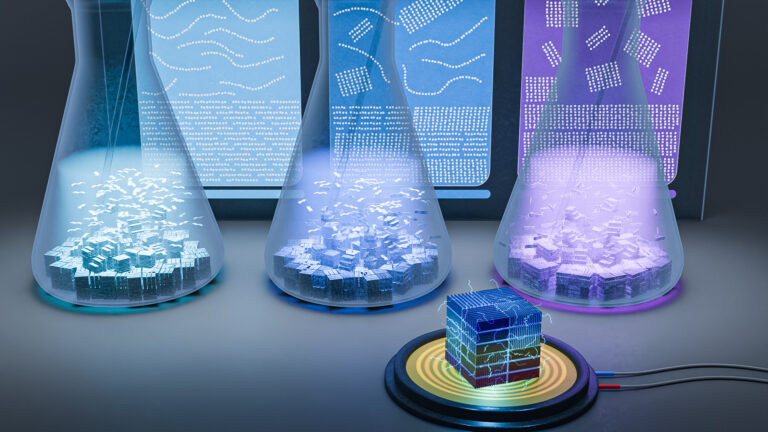
Material Science and Engineering
Solvent selection tool boosts thermoelectric devices

Material Science and Engineering
Electron movie guides design of layered perovskite materials
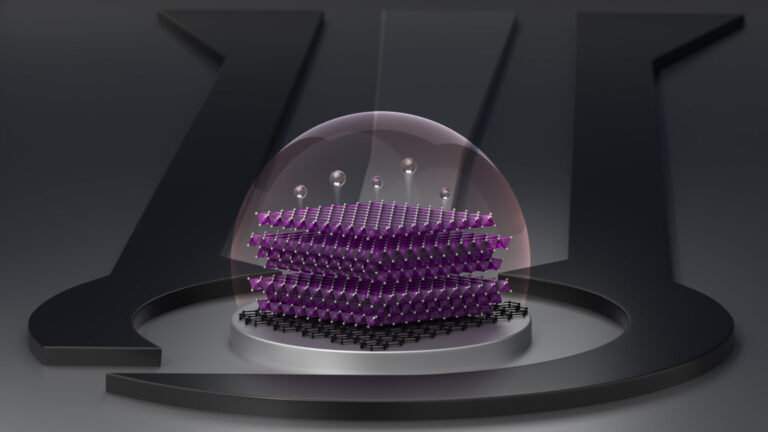
Material Science and Engineering
Remote region sensor for essential vitamin deficiency
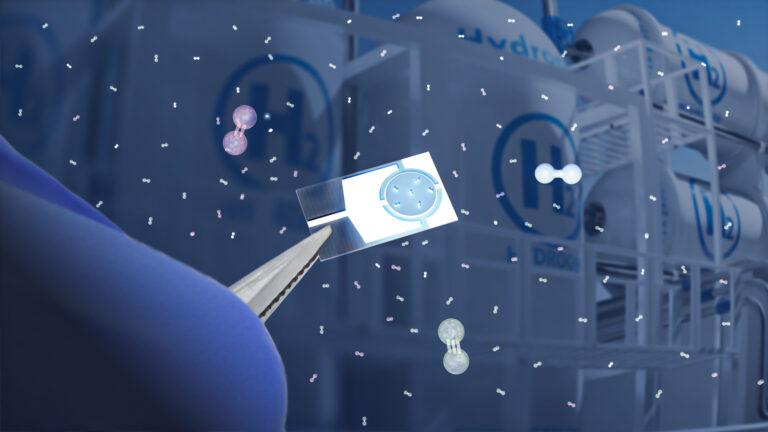
Material Science and Engineering
Low-power hydrogen sensor detects leaks in an instant

Material Science and Engineering
Illuminating pathways to long-lived organic solar cells

Chemistry
Beating the dark current for safer X-ray imaging

Chemical Engineering
Net benefits for advanced materials design
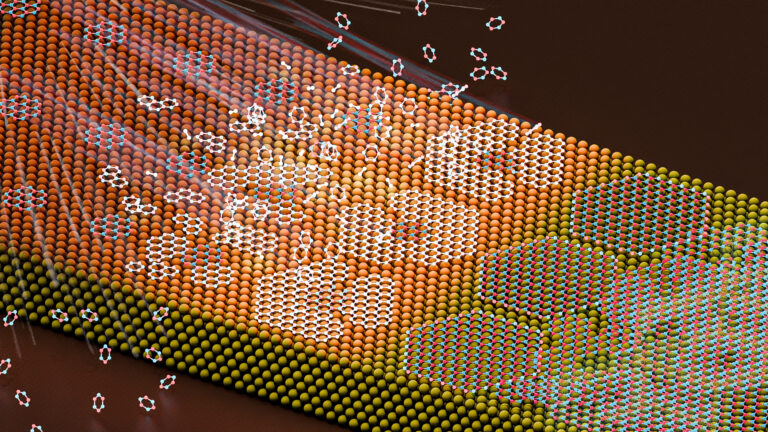
Material Science and Engineering




